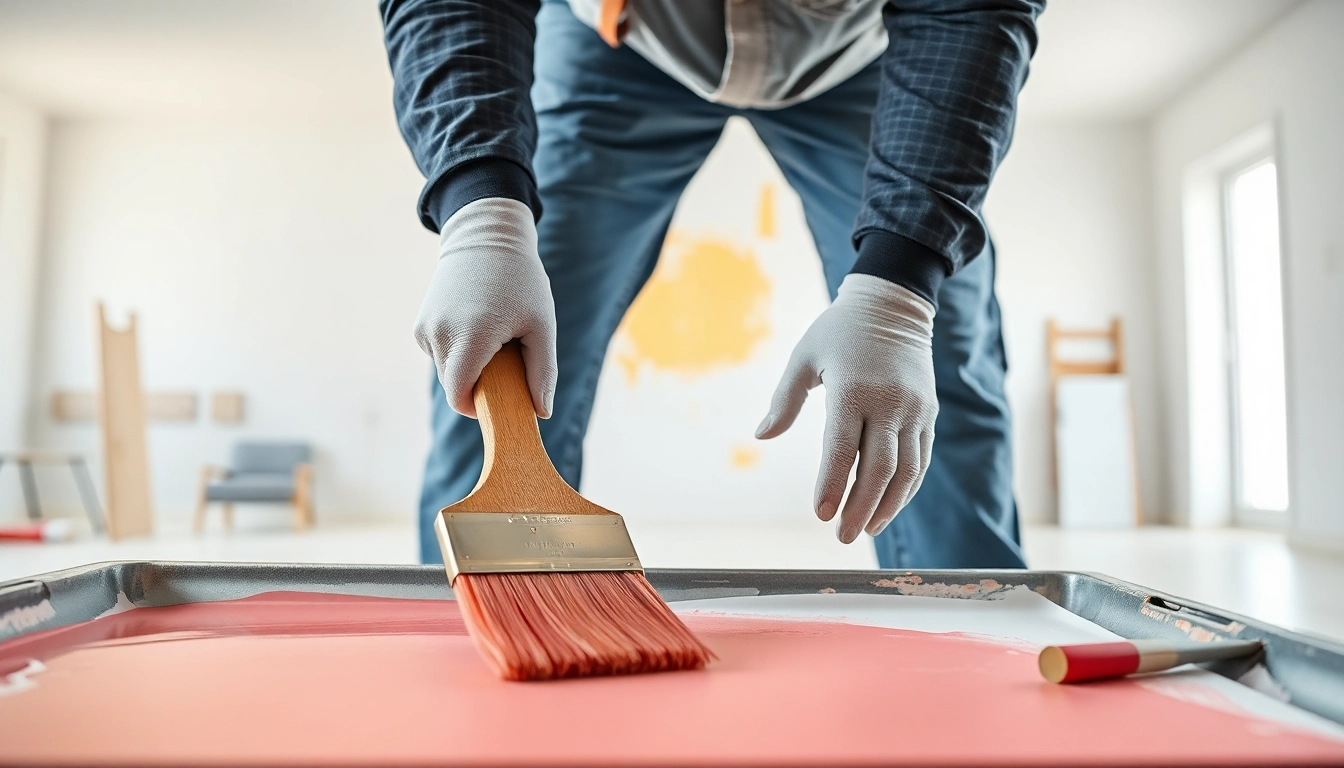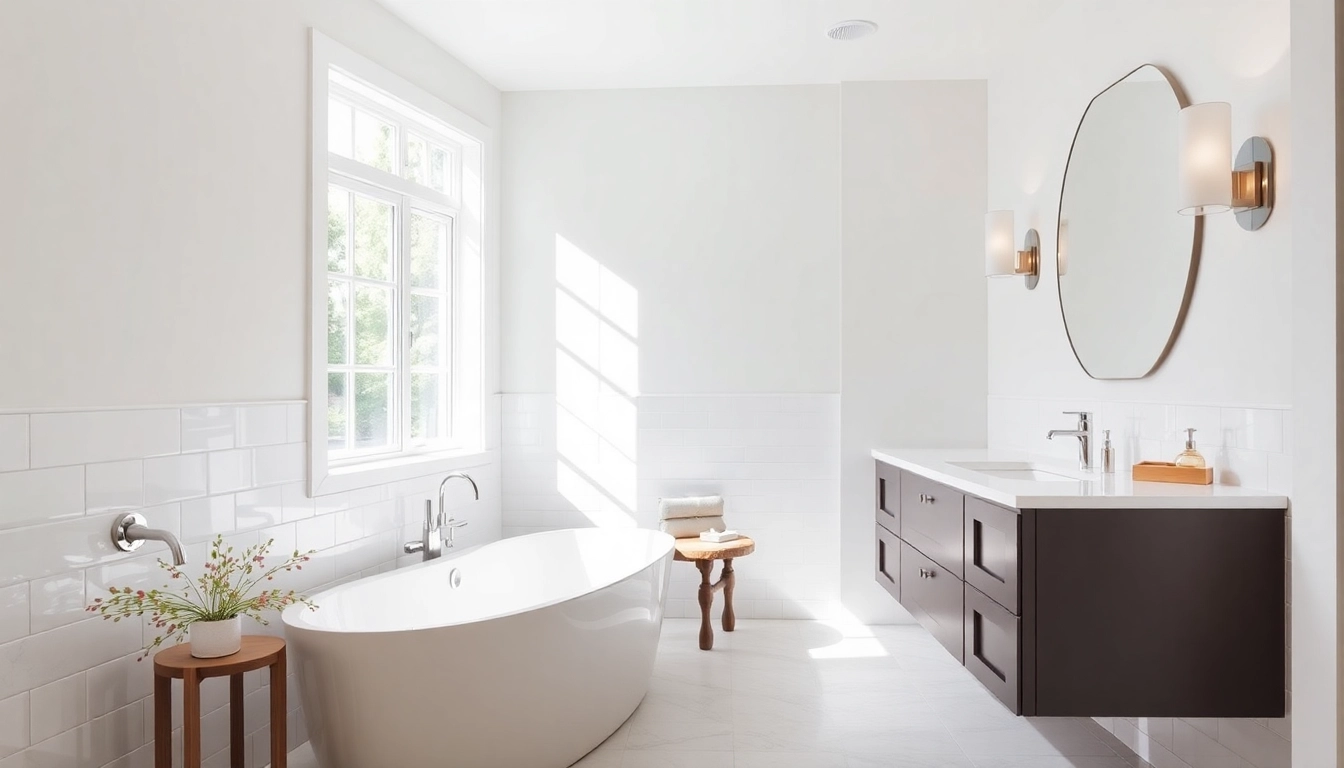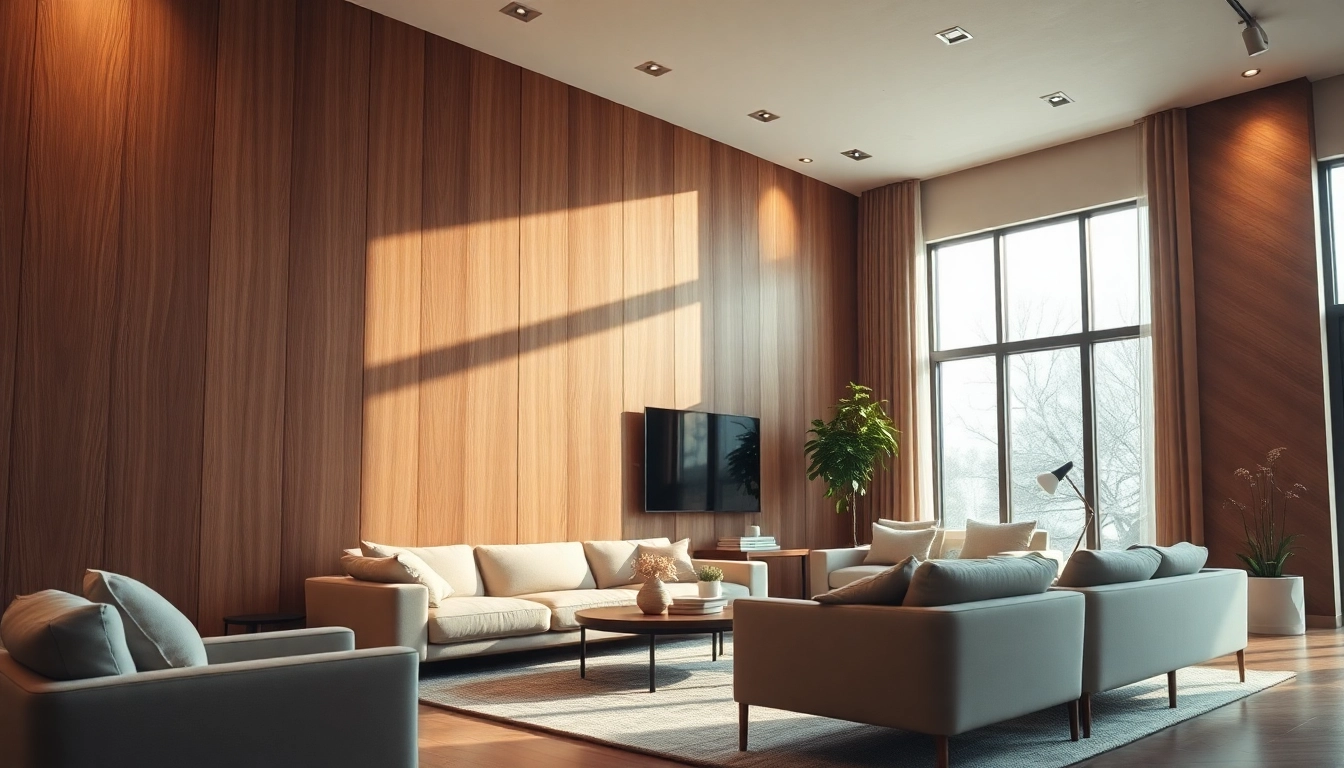Understanding Drywall Painting Basics
Drywall painting is a crucial step in achieving the perfect finish for interior walls and ceilings. It involves applying a coat of specially designed paint to drywall surfaces, ensuring aesthetics and protection. Understanding the basics of drywall painting can help homeowners, contractors, and DIY enthusiasts achieve professional results. In this comprehensive guide, we will explore various aspects of drywall painting, including preparation, suitable materials, techniques, and common challenges along the way. Whether you’re preparing for a fresh new look or simply maintaining your walls, this guide will serve as a valuable resource for all your drywall painting needs.
What is Drywall Painting?
Drywall painting refers to the process of applying paint to drywall surfaces. This can include walls and ceilings made of gypsum plasterboard, which is the most common material for constructing interior spaces. The painting process consists of several crucial steps, including surface preparation, priming, and applying the paint itself. Each step plays a vital role in ensuring that the finished product is aesthetically pleasing and durable.
Common Misconceptions About Drywall Painting
There are several misconceptions surrounding drywall painting that can lead to poor results. A common belief is that it’s acceptable to paint directly on unprimed drywall. While it is technically possible, it can lead to uneven color and issues with adhesion. Another myth is that lighter colors can be painted over drywall without a primer; while this might seem convenient, relying on a good primer is essential for an even finish and longevity.
Importance of Preparation in Drywall Painting
Preparation is the cornerstone of successful drywall painting. Neglecting this crucial step can result in visible imperfections, peeling paint, or uneven coverage. Proper preparation involves cleaning the surface, inspecting for defects, and ensuring that the drywall is smooth and ready for painting. Taking the time to prepare properly can save significant effort and cost in the long run by ensuring a high-quality finish.
Preparing Your Drywall for Painting
Cleaning and Inspecting Your Drywall Surface
The first step in preparing your drywall for painting is to clean the surface thoroughly. Dirt, dust, and grease can affect paint adhesion. To clean your drywall, you can use a damp cloth or a vacuum cleaner with a brush attachment to remove any debris. It’s important to check for any damage or imperfections in the drywall, such as cracks, holes, or mold. Any identified issues should be repaired before moving forward with painting.
Sanding and Filling Imperfections
After inspecting the drywall, the next step is to address any imperfections. Use a fine-grit sandpaper to smooth out rough areas. If there are holes or cracks, these should be filled with a joint compound. Once the compound has dried, sand it smooth so it blends seamlessly with the surrounding drywall. This attention to detail ensures that imperfections do not show through the paint.
Choosing the Right Primer for Your Drywall
Primers are essential for drywall painting as they create a barrier between the drywall and the paint, promoting adhesion and enhancing durability. For new drywall, a PVA primer is often recommended, while for repairs or previously painted surfaces, an oil-based or shellac primer may be more suitable. Always choose a primer that matches the type of finish you intend to apply for the best results.
Selecting the Right Paint for Your Project
Types of Paint Suitable for Drywall Painting
When it comes to drywall painting, choosing the right kind of paint is essential. The most common types of paint for drywall include acrylic and latex paints. Acrylic paint is known for its durability and washability, making it suitable for high-traffic areas. Latex paint, on the other hand, is water-based, easy to clean up, and offers excellent color range but may not be as durable as acrylic in some cases.
Understanding Paint Finish Options
The finish of the paint can drastically affect the appearance of your walls. Common finishes include flat, eggshell, satin, semi-gloss, and gloss. Flat finishes are great for hiding imperfections but are harder to clean, while semi-gloss and gloss finishes are more durable and easier to clean but can highlight wall imperfections. Understanding these differences will help in selecting the right paint finish for your specific needs.
Color Selection Tips for Drywall Painting
Choosing the right color for your drywall can drastically change the overall ambiance of the room. When selecting a color, consider factors such as the size of the space, lighting, and existing decor. Lighter colors can make a small room feel larger, while darker colors can create a cozy atmosphere. It’s also recommended to test paint colors on the wall for a few days to see how they look at different times of the day before making a final decision.
Applying Paint: Step-by-Step Process
Best Practices for Priming Your Drywall
Once the drywall is prepared, applying primer must be done carefully. Start by cutting in the corners and edges with a brush, then use a roller for larger areas. It’s essential to allow primer to dry fully before proceeding with paint application, which can typically take a couple of hours. Following the manufacturer’s recommendations for drying times can help ensure the best results.
Techniques for Applying Paint Evenly
Applying paint evenly is crucial for achieving a professional look. Use a paint roller with an appropriate nap length for your drywall surface. A shorter nap is ideal for smooth drywall, while a longer nap is better for textured walls. Always start from the top and work downwards, applying paint in a W or M pattern for even coverage. This technique helps eliminate roller marks and ensures the paint goes on smoothly.
Using Tools Effectively During Drywall Painting
Utilizing the right tools can make a significant difference during the painting process. High-quality brushes and rollers will behave better and produce a smoother finish. Don’t forget about painter’s tape to protect edges and ensure clean lines. Tools such as extension poles for rollers can help reach higher areas without the need for ladders, making the process safer and more efficient.
Common Challenges and Solutions in Drywall Painting
Dealing with Peeling Paint Issues
Peeling paint can be a frustrating issue that arises during or after the painting process. This usually occurs due to poor surface preparation or using low-quality paint. To address peeling paint, remove the affected sections carefully and inspect the underlying drywall for damage. Once repaired, re-prime and repaint the area, ensuring proper preparation steps are followed to avoid recurrence.
How to Avoid Streaks and Uneven Coverage
Streaks and uneven coverage can occur if paint is applied too thinly or if rolling techniques are inconsistent. To avoid these issues, apply sufficient paint and maintain a wet edge while working. Check that the roller or brush is evenly loaded with paint, and avoid pressing too hard while rolling or brushing, which can cause streaks.
Repairing Mistakes During the Drywall Painting Process
Everyone makes mistakes, and knowing how to remedy them is essential for achieving a flawless finish. Minor drips or splatters can often be fixed by lightly sanding the area once dried and applying touch-up paint. In cases of significant issues, it may be best to repaint the affected area entirely. Keeping some leftover paint for touch-ups can prove to be beneficial for future repairs.



